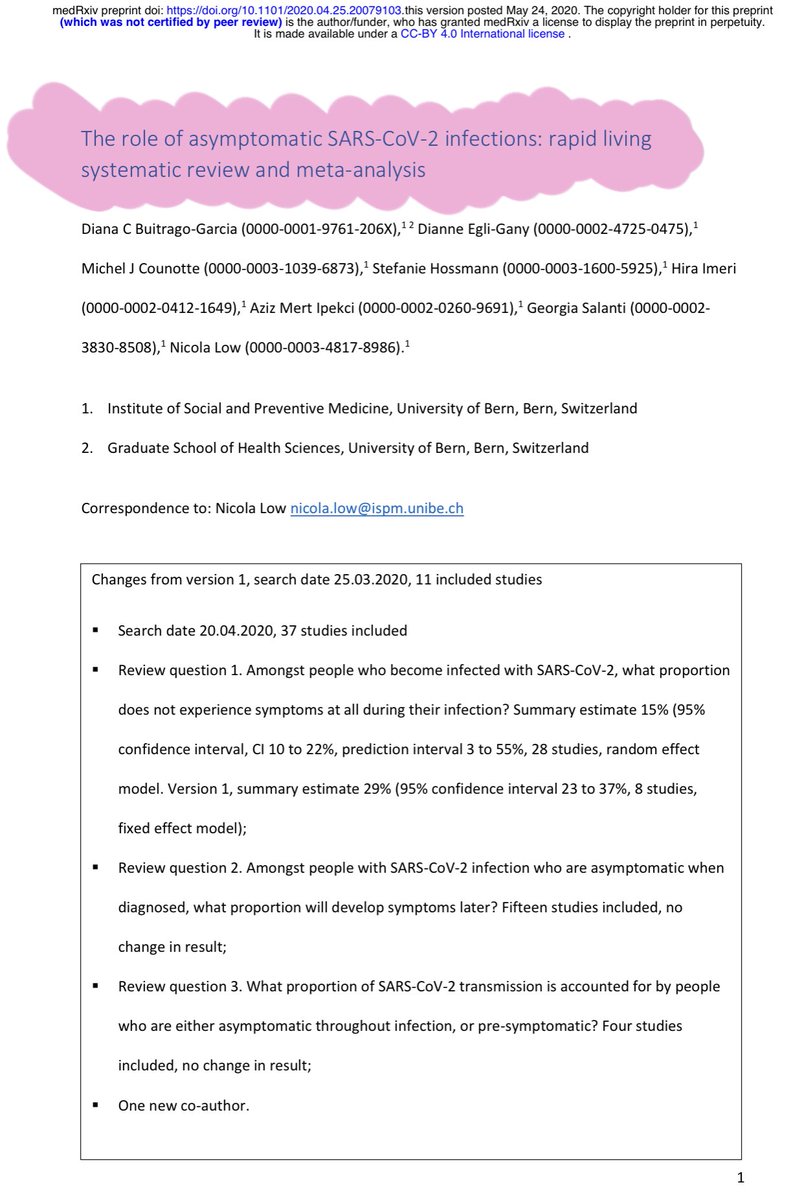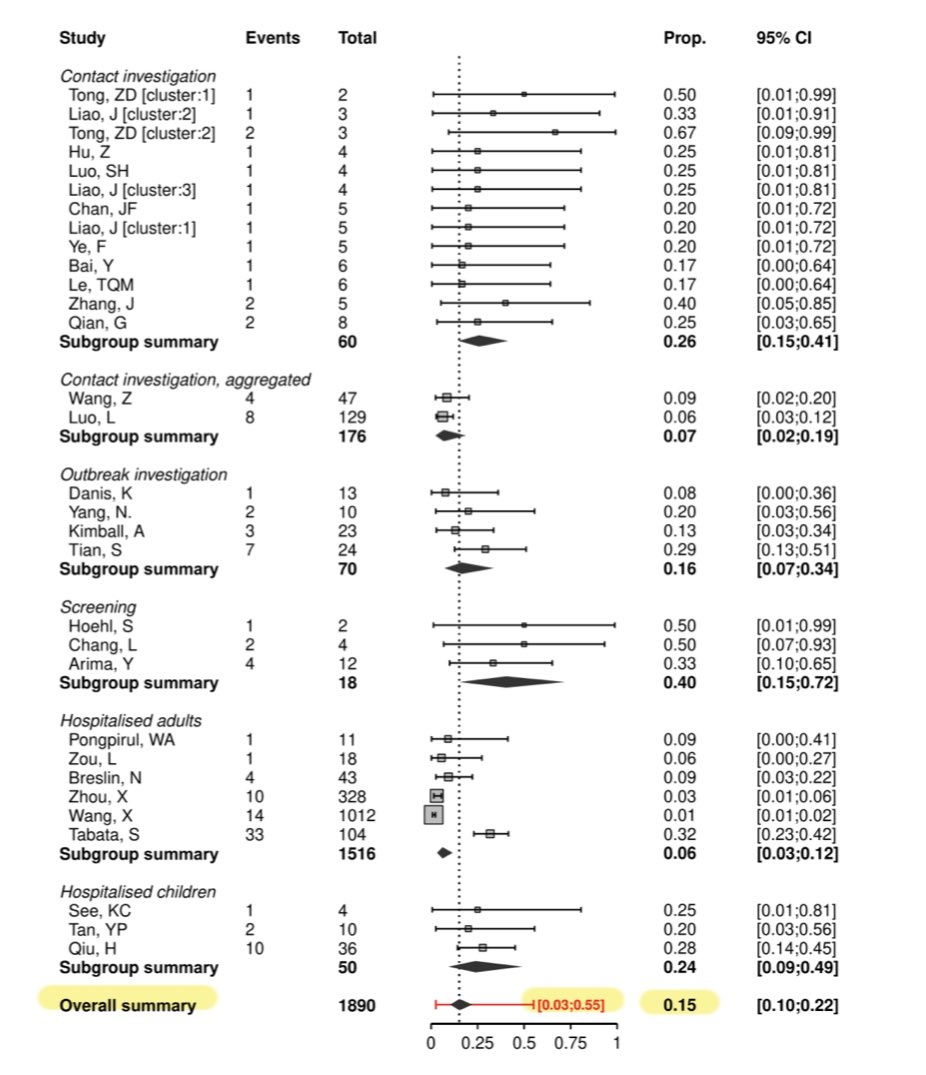
THREAD: This is incredibly interesting and important. Harvard scientists found that air pollution can worsen death rats from COVID-19 four to five-fold. The paper is currently available as preprint: projects.iq.harvard.edu/files/covid-pm…
#Covid_19 #COVID19 #COVIDー19 #coronavirus
#SARSCoV2
#Covid_19 #COVID19 #COVIDー19 #coronavirus
#SARSCoV2
https://twitter.com/DocRockOrg/status/1251138870588170240
2: Particulate matter < 2.5 μm in size also called PM2.5 was used to measure pollution: "...a county with PM2.5 levels of 15 μg/m3 (highly polluted) would have approximately 4.5 times higher COVID-19 death rate than a county with PM2.5 levels of 5 μg/m3 (low pollution)" 

3: These are the PM2.5 trends for the USA until 2018 from epa.gov/air-trends/par… 

4: Here's what the "Urban PM2.5 Atlas: Air Quality in European cities" has to say about air quality in Europe. Can you spot any outliers? I'd say Lombardy looks pretty bad.
ec.europa.eu/jrc/en/publica…
ec.europa.eu/jrc/en/publica…

5: Thanks to @linseymarr for bringing this to my attention. Would be interested to hear what @mlipsitch @ScottGottliebMD @EricTopol @Don_Milton think about this?
@threadreaderapp please unroll
• • •
Missing some Tweet in this thread? You can try to
force a refresh












